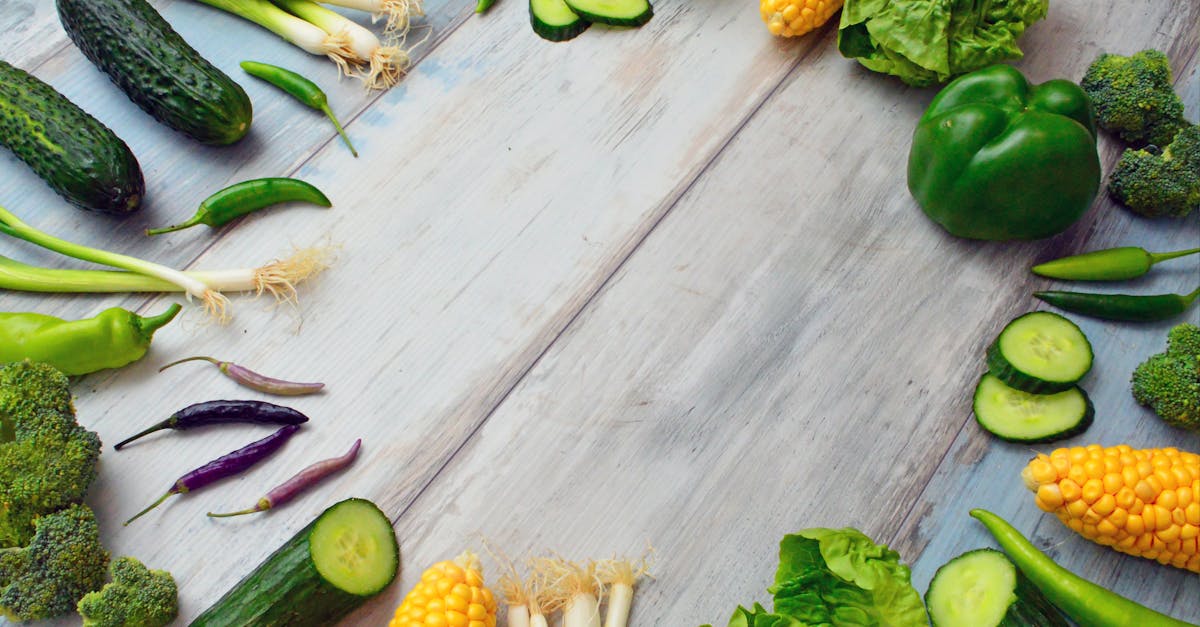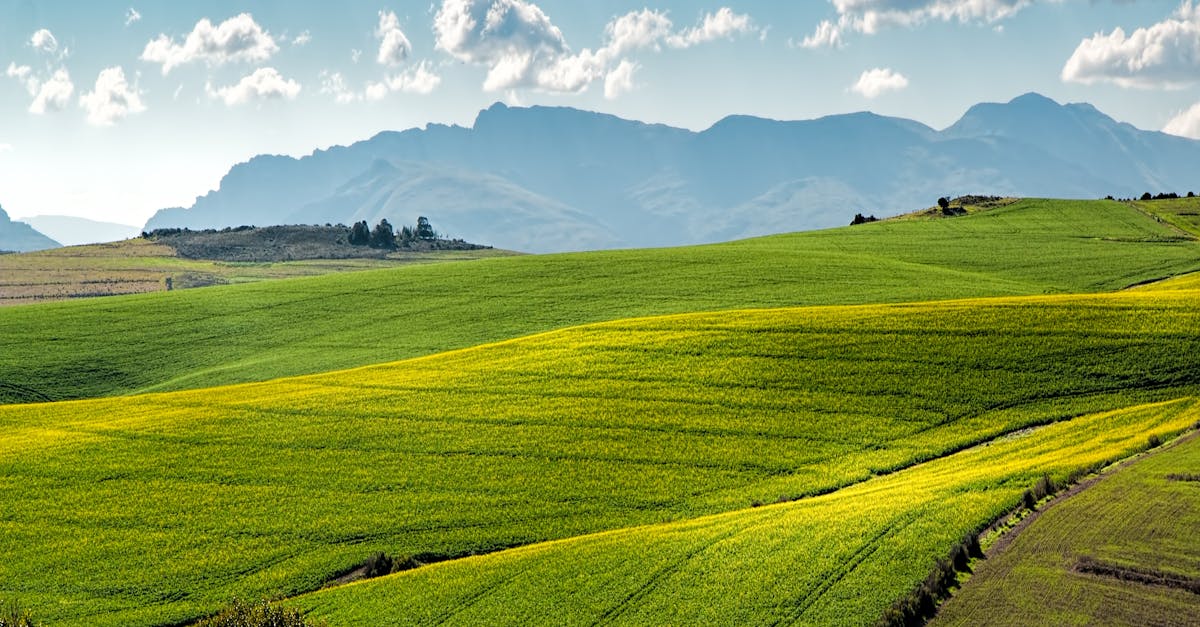Are you ready to jump into the world of potting plants in pots without holes? We’ve all been there – falling in love with a gorgeous pot only to realize it lacks drainage.
In this text, we’ll investigate the ins and outs of potting plants without drainage holes, sharing our expert tips and tricks to help your green friends thrive in these seemingly challenging conditions.
From selecting the right plants to mastering watering techniques, we’ve got you covered.
Let’s debunk the myths and figure out the secrets to successful potting without drainage holes.
Key Takeaways
- Select plants that thrive in well-draining soil for pots without holes, such as succulents, cacti, snake plants, and ZZ plants.
- Choose a well-draining potting mix like succulent or cactus mix to prevent waterlogging and root rot.
- Water plants sparingly in pots without drainage, monitor soil moisture, and consider bottom watering to prevent overwatering.
- Monitor plant health by checking for signs of overwatering, feeling the soil for moisture levels, and inspecting roots.
- Follow tips like choosing the right potting mix, monitoring watering closely, using a liner with rocks for drainage, and creating drainage holes if possible for successful potting without holes.

Selecting the Right Plants for Pots without Holes
When choosing plants for pots without holes, opt for those that thrive in well-draining soil. Look for plants that prefer slightly drier conditions. Some excellent choices include:
- Succulents and Cacti: These are ideal for pots without drainage due to their low water needs.
- Snake Plants: Known for their resilience, they can tolerate infrequent watering.
- Zz Plants: Perfect for low-light environments, they also do well in pots without drainage.
After all, different plants have varying water requirements, so select ones that match your watering habits. For more information on suitable plants, check out this guide on choosing plants for pots without drainage.
Always consider the specific needs of the plants you choose to ensure they thrive in their new potting environment.
Choosing the Appropriate Potting Mix
When potting plants in pots without holes, it’s critical to select the right potting mix. We should opt for well-draining soil that prevents water from pooling at the bottom, helping avoid root rot. A succulent or cactus mix is a great choice due to its excellent drainage properties. Mixing regular potting soil with perlite can also enhance drainage. After all, the right potting mix is key to the health and growth of our plants in containers without drainage holes.
For further guidance on suitable potting mixes, you can refer to this guide on potting mixes for container plants from The Spruce.

Understanding Watering Techniques
When watering plants in pots without holes, we need to be mindful of overwatering. Without drainage, excess water can lead to root rot. To prevent this, we recommend watering plants sparingly. Monitor the soil moisture and adjust watering frequency accordingly. A good technique is bottom watering, where the plant sits in a shallow tray of water. The roots absorb water through the pot’s base. After all, it’s best to let the soil dry slightly between waterings to promote healthy root growth and prevent issues.
Monitoring Plant Health
When caring for plants in pots without holes, monitoring their health is critical. Look out for signs of overwatering like yellowing leaves or mold growth. Feel the soil – if it’s soggy, hold off on watering. Check the roots occasionally for any signs of rot. After all, prevention is key to maintaining healthy plants.
- Regularly observing your plants for any changes in color or growth.
- Touching the soil to assess moisture levels.
- Inspecting the roots for any mushy or discolored sections.
For more tips on plant health, you can visit Gardening Know How or The Spruce.

Tips for Successful Potting without Drainage Holes
When potted plants don’t have drainage holes, it’s critical to follow some guidelines for optimal plant health. Here are our top tips for successful potting without drainage holes:
- Choose the Right Potting Mix: Opt for a well-draining potting mix to prevent waterlogged soil.
- Monitor Watering Closely: Be mindful of water levels to avoid overwatering, which can lead to root rot.
- Use a Liner: Place a layer of rocks or pebbles at the bottom before adding soil to enhance drainage.
- Create Drainage Holes: If possible, drill holes in the container to help excess water escape.
For more insights on maintaining healthy potted plants, visit Gardening Know How or The Spruce.
